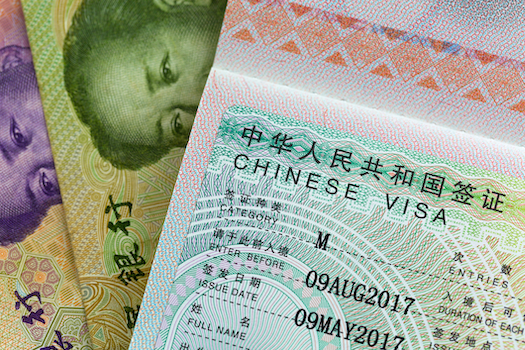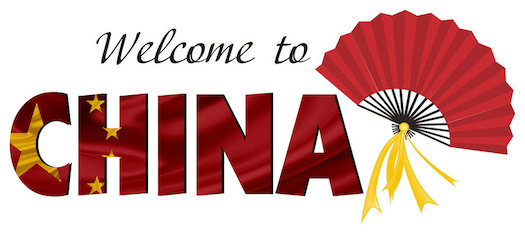
New visa reforms highlight divergent national strategies for scientific innovation, global mobility, and economic competitiveness in 2025

New York, N.Y. — As the U.S. government tightens restrictions on student and work visas for foreign science and technology professionals, China is moving in the opposite direction—opening its doors wider to young talent from around the world.
The launch of China’s new K visa, effective October 1, is a bold bid to attract and retain early-career innovators amid mounting evidence that Washington’s policies are limiting access for skilled international professionals.
U.S. Immigration Shifts: Roadblocks for International Talent
Recent measures in the U.S. reflect a prioritization of domestic labor and security, with mounting scrutiny on student visa applicants, especially those from China and other countries deemed sensitive.

On May 28, 2025, Secretary of State Marco Rubio announced aggressive new steps to review and potentially revoke student visas, particularly for individuals in “critical fields” associated with national security.
These changes also pause visa interviews and restrict university enrollment for many overseas students, along with heightened social media vetting and narrower post-graduation work opportunities.
Proposed regulations would further restrict F-1 and J-1 visa holders by imposing fixed-term limits requiring mid-degree renewals, creating uncertainty for international students, institutions, and employers.
University leaders warn that these moves will likely result in decreased international student enrollment—potentially down 30% to 40% and imperiling $7billion in revenue tied to tuition and research. Stringent export controls and technology-sharing regulations reinforce the perception of a closed, restrictive immigration environment for scientific exchange.

China Opens Door: K Visa Sets New Standard for International Access
In stark contrast, China’s recently announced K visa marks a deliberate reversal. Eligible young professionals are invited to apply without needing domestic employer sponsorship, facing only streamlined requirements related to age (under 45), education, and experience.

The K visa offers flexible entry terms, longer validity, and generous durations of stay, supporting exchanges not just in science and technology, but also culture, education, entrepreneurship, and business.
This strategic opening coincides with China’s expansion of visa-free travel agreements—now 75 countries—and its continuous efforts to facilitate the entry of foreign expertise.
In the first half of 2025, China saw 38.05million trips to and from its borders, a 30.2% increase year-over-year, with visa-free entries rising a remarkable 53.9%.

Competing For Tomorrow’s Talent: Policy As Signal
The divergence between Beijing and Washington signals not just a difference in immigration policy, but a fundamental shift in global power dynamics for science and technology leadership.

While the U.S. imposes new restrictions in the name of security and domestic worker protection, China leans into openness as a means of growth, touting international collaboration, entrepreneurship, and the recruitment of global minds.
Chinese officials have highlighted the urgency to tap into the international talent pool: “China’s development requires the participation of talent from around the world, and China’s development also provides opportunities for them.”
The K visa stands as a clear invitation to prospective innovators deterred by U.S. policy uncertainty.
Economic and Scientific Impact: Gaining Ground
China’s policy is poised to reshape recruitment, research, and global collaboration.
The K visa is expected to feed China’s R&D ecosystem, fuel enterprise growth, and expand scientific networks far beyond domestic borders.
In turn, U.S. institutions risk losing out on critical talent and falling behind in innovation capacity if restrictive practices persist. For scientists and entrepreneurs, the global calculus is shifting—where once the U.S. dominated in attracting young STEM talent, China’s new openness is now a powerful counterweight.

Strategic Implications Moving Forward
Global universities, multinational companies, and policy experts will be watching the results of China’s K visa experiment closely. If successful, it will not only enhance China’s competitiveness, but may prompt other countries to reassess restrictive approaches to skilled immigration and rethink their strategies for international exchange.
The new K visa may well become a symbol of changing tides: as one global superpower closes its door, another flings it open.

Key Details
- U.S. tightening international visa rules for science professionals and students, especially from China.
- China launches K visa on October 1 for young global science and tech talent, streamlining access.
- U.S. restrictions risk declining enrollment and economic loss for universities.
- China’s open-door visa policies fuel international exchanges, talent growth, and economic innovation.
China Welcomes Global Talent as U.S. Shuts Door to International Specialists (Aug. 15. 2025)
#ChinaKVisa #USVisaRestrictions #GlobalScienceTalent
#InnovationPolicy #InternationalMobility #STEMLeadership
TAGS: k visa, us visa policy, international students, science, technology, innovation,
china, talent mobility, global competition, state council, immigration, entrepreneurship
Summary
As the U.S. restricts international access for science and technology professionals, China’s new K visa, launching October 1, invites young innovators worldwide with flexible entry terms and streamlined requirements. This pivotal policy signals a reversal in global talent flows, as Beijing prioritizes openness and collaboration just as Washington imposes tighter scrutiny and limits. China’s approach is set to drive scientific exchange, enterprise growth, and global leadership in innovation.
